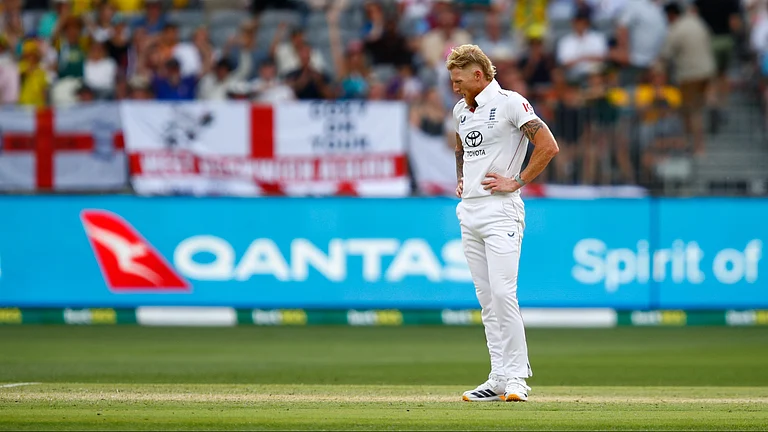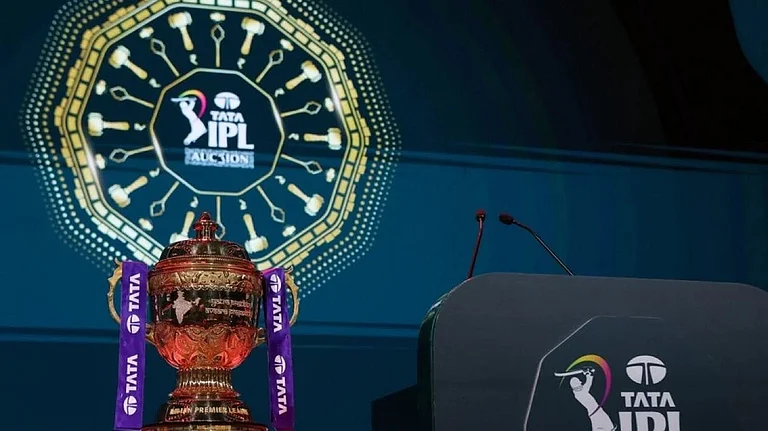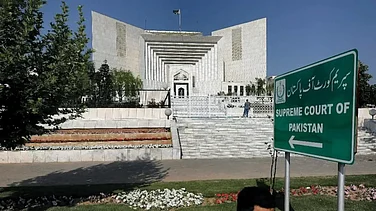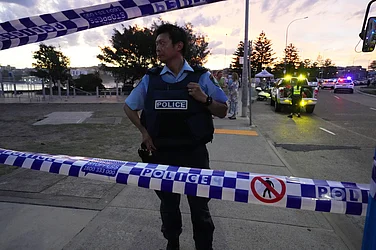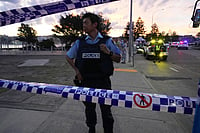When tens of thousands of civilian lives are lost, when airstrikes and ground offensives are conducted on a targetted civilian population, when hospitals, schools and religious places are attacked by a governing authority in the name of justice, is it not a crime?
In 48 days of incessant bombings in Gaza, before it announced a “humanitarian pause”, Israel has committed blatant violations of the International Humanitarian Law (IHL) that sets a basic universal limit against brutalities to protect the humanitarian cause. Many activists, law experts, as well as the United Nations have called out the Netanyahu government for its inhumane assault and the history of impunity that the occupier state continues to enjoy in Gaza.
A surgeon who worked at Al-Shifa Hospital, Gaza’s biggest hospital, recently confirmed to the press that phosphorous was used as a weapon by Israel in heavily populated residential areas of the war-struck Palestinian region. Israel also cut off the supply of basic resources like fuel and electricity in the enclave and forcefully removed people residing in the north, further pushing Palestinians to the southern corner.
Last month, in central Gaza, Al-Ahli Baptist, which is run by the Episcopal Diocese of Jerusalem, was struck while it was sheltering thousands of Palestinians who were seeking refuge amid a barrage of brutal Israeli air attacks across much of the besieged Gaza Strip. The victims were immediately shifted to Shifa Hospital, the largest in Gaza. But, Shifa, already stretched beyond its capacity, too was bombed. It also became the main target of Israel’s ground offensive amid claims that it was a command base of the Hamas.
Not only these, Israeli air strikes devastated parts of the Jabalia camp in north Gaza, one of the biggest refugee camps, where the UN was conducting relief operations. If these are not war crimes, then what is? How long will it take before the international court steps in?
These crimes are not restricted to Gaza alone but have taken place in wars all around the world. In Russia's war on Ukraine, too, hospitals have been frequent targets of attacks. The UN had called Moscow responsible for the rapes, "widespread" torture and killings since the 2022 invasion. The International Criminal Court (ICC) even issued a warrant for the Russian president's arrest over the unlawful deportation of thousands of children from Ukraine to Russia.
What defines a war crime?
War crimes are the rules of war spelt out in the Hague and Geneva Conventions, along with other international laws and agreements.
The first set of laws on war crimes was proposed by Henri Dunant, a Swiss businessman who founded the IHL, in his book titled “The Memory of Solferino”. In that, he proposed an independent entity – which came to be known as the Red Cross Committee – to protect and care for those wounded in war regardless of which side they come from.
Following the world wars, this list of protected persons and the degree of protection they got was further expanded to include prisoners of war, civilians, press correspondents, etc., and no one was allowed to supersede this with any special agreements.
According to the Statute of the International Criminal Court, war crimes are defined as “serious violations of the laws and customs applicable in international armed conflict” and “serious violations of the laws and customs applicable in an armed conflict not of an international character”, among other things.
The Hague Law and Geneva Conventions
The Hague Convention of 1907 prescribes the rules of conduct for military forces in a war, whereas the Geneva Conventions address the rights of protected persons, including civilians and prisoners of war, in an international armed conflict. Not all States are parties to these and other treaties pertaining to the law of war, but many provisions are regarded as reflecting customary international law, which is binding regardless of State borders.
As per The Hague Conventions, punishable violations under the War Crimes Act include employing poison or poisoned weapons; killing or severely wounding individuals; killing or wounding an enemy who has surrendered; aggressive assaults (“take no prisoners”); employing arms, projectiles, or material calculated to cause unnecessary suffering; destroying or seizing the enemy’s property, unless demanded by the necessities of war; declaring abolished, suspended, or inadmissible in a court of law the rights of the nationals of the hostile part, to attack or bombard undefended towns, villages, dwellings, or buildings; to attack buildings of religion, art, science, charitable purposes, historical monuments, hospitals, and places of refuge, provided they are not being used for military purposes; and pillaging of a town.
Violations as per the Geneva Conventions include willful killing, torture or inhuman treatment, including biological experiments, willfully causing serious injury to body, extensive destruction and appropriation of property, compelling a prisoner of war or others to serve in the forces of the aggressor, depriving a prisoner of war or others the rights of fair and regular trial, unlawful deportation, confinement, and taking of hostages.
How were these laws breached in Gaza?
The bombing of hospitals and UN shelter homes is a violation of the First and Fourth Geneva Conventions that provide for the possibility of setting up hospitals, safety zones, and neutral zones which are intended to shelter the wounded, the sick and civilians from the effects of conflict.
Protected under Rule 35 of the International Humanitarian Law, hospitals are designated to be safe zones in conflict areas. These zones are meant to be far removed from military operations, whereas neutralized zones are intended for areas in which military operations are taking place.
The relevant provisions of the Geneva Conventions are incorporated in many military manuals, which emphasize that these zones must be respected. Under the legislation of several States, it is an offence to attack such zones.
According to the UN General Assembly, “places or areas designated for the sole protection of civilians, such as hospital zones or similar refuges, should not be the object of military operations”.
The resolution was adopted in 1970 based on the principles for protecting civilian populations in armed conflicts. Zones, which are harbouring wounded and sick, medical and religious personnel, humanitarian relief personnel, and civilians, are barred from facing attacks under the rules of IHL in any international and non-international conflict zones.
Under Rule 28 of the Hague Relations, medical units exclusively assigned to medical purposes must be respected and protected in all circumstances. They lose their protection if they are being used, outside their humanitarian function, to commit acts harmful to the enemy. As mentioned, it is also set forth in the First and Fourth Geneva Conventions as well.
Under the Statute of the International Criminal Court, intentionally directing attacks against “hospitals and places where the sick and the wounded are collected, provided they are not military objectives” and against “medical units … using the distinctive emblems of the Geneva Conventions in conformity with international law” constitutes a war crime in international armed conflicts.







